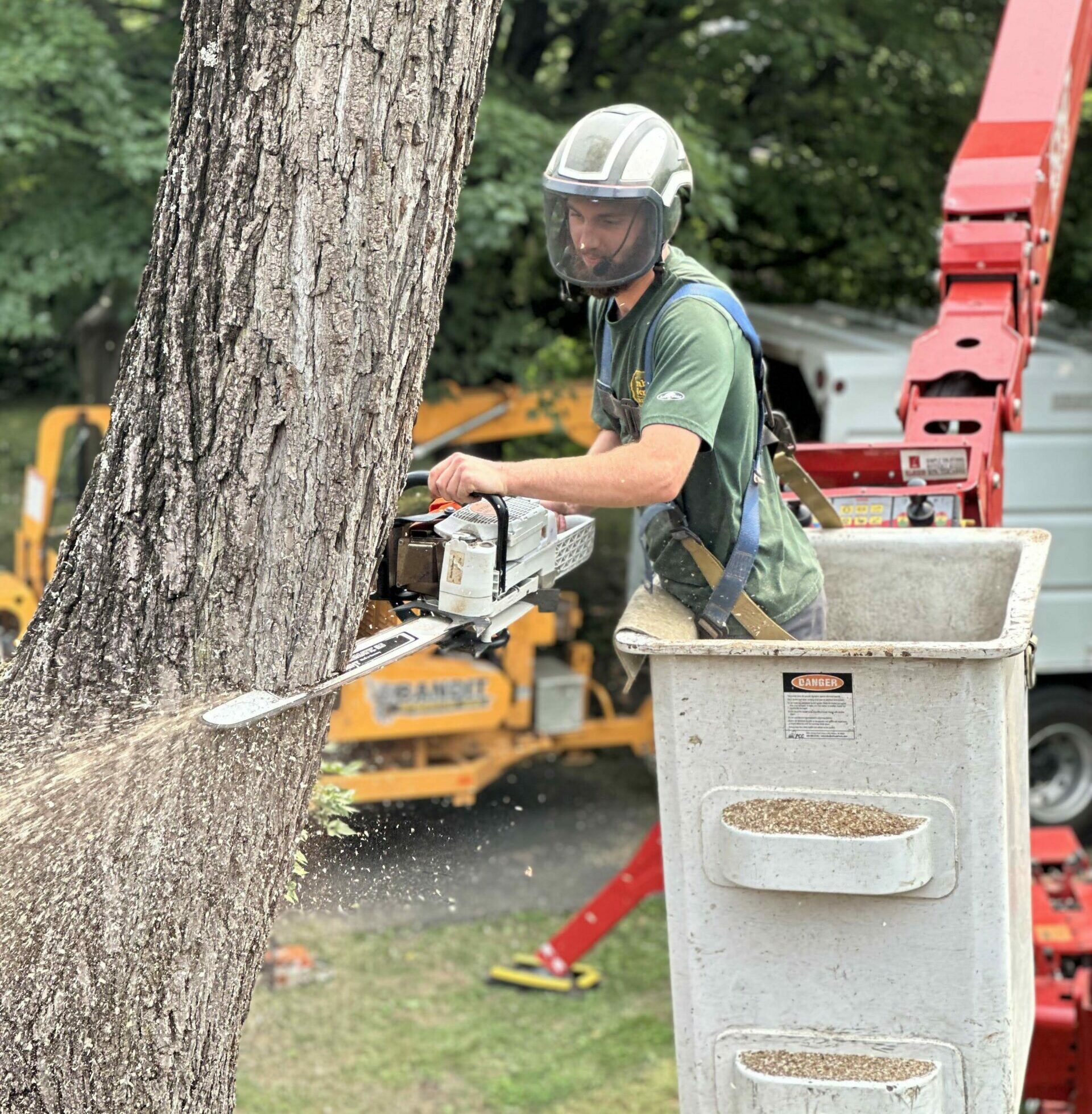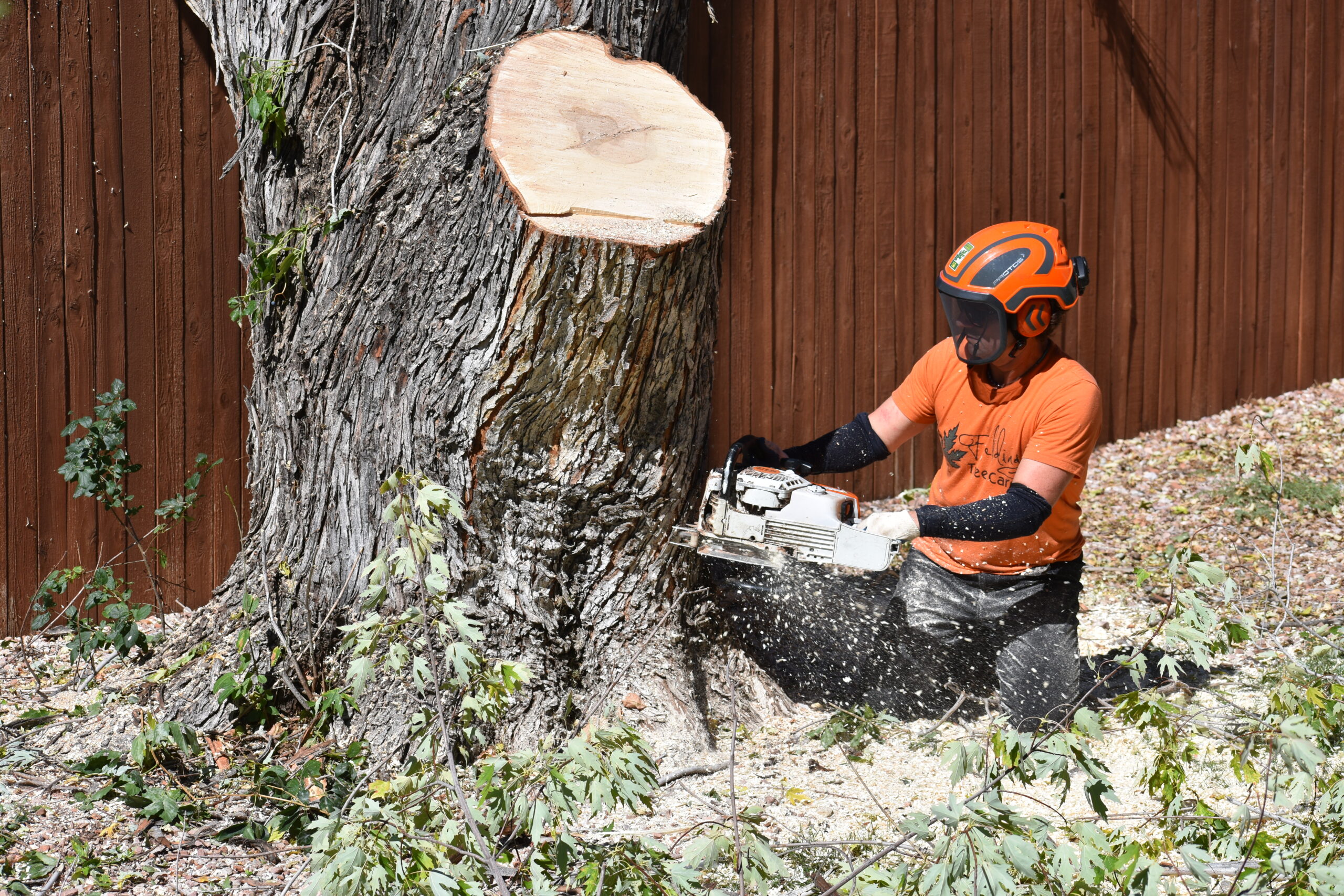Featured
Table of Contents
- – Garrison, MD Tree Service Loyalty Programs
- – Garrison, MD Tree Removal Red Flags: Pricing E...
- – Reasonable Stump Grinding Prices In Garrison,...
- – Garrison, MD Tree Cutting Disposal Costs
- – Garrison, MD Tree Removal Price Factors
- – What Affects Tree Removal Prices In Garrison,...
- – Best Tree Cutting Reviews In Garrison, MD
- – First-Time Tree Removal Deals In Garrison, MD
- – Real Tree Removal Reviews In Garrison, MD
- – Garrison, MD Arborist Market Analysis
- – Basic Arborist Prices In Garrison, MD
- – Locating Affordable Stump Grinding In Garris...
- – Garrison, MD Tree Cutting No Hidden Fees
- – Garrison, MD Stump Removal Assessment Costs
- – What Determines Tree Trimming Costs In Garri...

The subsections listed below provide more detailed information about prices, consisting of an average range for each. TypeAverage Elimination CostPineConiferPalmMagnoliaArborvitaeAshCedarSweet GumEucalyptusSycamoreCypressOakMaplePoplar You can expect to pay between to get rid of a pine, depending on its size. Getting rid of a pine is among the more affordable jobs unless it is one that has been around for several years and is quite big.
Garrison, MD Tree Service Loyalty Programs
Pines also have a tap root that grows deep into the soil, which can prove to be harder to get rid of. The procedure itself involves a professional cutting the tree, clearing the base, cutting the surface roots, removing the stump, and finally treating the soil. Without a professional hand, you run the risk of leaving pine seedlings behind, which will fall from the roots of distressed pines.
Garrison, MD Tree Removal Red Flags: Pricing Edition
The U.S. nationwide average for conifer removal is around to have the conifer cut down, carried away, and the stump ground or eliminated completely. Conifers are normally much easier to eliminate, and even though they can grow rather tall, they do not cost a fortune to eliminate. Conifers consist of pine, spruce, fir, and juniper trees.
Reasonable Stump Grinding Prices In Garrison, MD
While conifers are lovely, they eliminate native plants and certain types of turf. This is because they require a lot of water and nutrients to survive, so they leach it off surrounding plants. They likewise have an extensive network of roots, which can affect your home's foundation. The typical cost of palm elimination depends on the height as much as the type, varying from.
Garrison, MD Tree Cutting Disposal Costs
That is why it is necessary to know which type you are eliminating. While you do not need an herbicide to eliminate a palm tree, there are some steps your removal professional will have to take to guarantee the job is done correctly. There are two methods they can get rid of them: by chopping them down or digging them up.
Garrison, MD Tree Removal Price Factors
This is due to the fact that little animals like rats and scorpions often live in them. Plus, many types will have spikes, too. From there, they remove the real tree and then the stump. Expect to pay between to eliminate this kind of tree, depending on the precise size and information of the task.
What Affects Tree Removal Prices In Garrison, MD
There are 3 types: green, white, and black ash. White ash is known for its numerous colors. With its gray-tinged bark, its leaves are green or purple in the spring and golden yellow or purplish-red in the fall. They delight in moderate climates and lots of sun. The green ash is named such due to its green or yellow foliage.
Best Tree Cutting Reviews In Garrison, MD

The bark is softer, and it flowers later in the year - tree clearing. Due to the variation in height, the removal price variance is wide from. A coniferous, evergreen tree, the cedar is a hardy types. True cedars enjoy greater elevations, mainly in the Mountain ranges and the Mediterranean. A true cedar can grow as high as 160 feet in height and is typically planted in the United States as a landscape choice.
First-Time Tree Removal Deals In Garrison, MD
The growth of false cedars varies from 50 feet up to 230 feet high. With star-shaped leaves and spectacular fall colors, the sweet gum is thought about a medium to large tree.
Real Tree Removal Reviews In Garrison, MD
Typically, it costs between to get rid of a eucalyptus. Eucalyptus are not common all over, but they are quite large compared to others, which is why even the smaller ones are so costly to eliminate.
Garrison, MD Arborist Market Analysis
There are a handful of ways to do this, consisting of burning, pulling, grinding, or killing them with herbicide. Expect to pay in between to remove sycamores, based upon the height, trunk size, and amount of work included. Sycamores are one of the largest wood trees, usually varying from 60 to 100 feet high and as large as 15 feet.
Basic Arborist Prices In Garrison, MD
The very first 2 steps will expose the insides of the tree and cut off the flow of nutrients up the trunk. From there, an expert uses herbicide to eliminate the tree and cuts down the trunk.
Locating Affordable Stump Grinding In Garrison, MD
There are many various kinds of Cypress trees, but the most widespread are the Leyland, Arizona, Bald, and Italian. The Bald Cypress grows in swampy or extremely wet areas while the others delight in a dry, warm, or hot climate (tree removal). They can grow as high as 80 to 100 feet high
Garrison, MD Tree Cutting No Hidden Fees

Prone to illness, the Cypress is among the most valued woods for furniture. The average oak grows to around 60 feet, and depending upon the intricacy of the removal, it costs an average of to get rid of. The specific size of your oak and the effort required to fell it affect what you will actually pay for elimination together with any additional services like stump grinding.
Garrison, MD Stump Removal Assessment Costs
Access to the trees and the roots will also affect the overall cost. Maples can quickly mature to 100 feet or more and generally expense between to remove from your home. The last price depends upon the real height and complexity of the task. Maples are generally amongst the more expensive trees to remove since of their size and the work associated with the removal.
What Determines Tree Trimming Costs In Garrison, MD
Growing as high as 90 to 115 feet, these massive woods are primarily found in North America and consist of the aspen, cottonwood, and balsam trees. The process to get rid of trees includes all the trimming and cutting of the branches and trunk, bringing it down to a stump.
Table of Contents
- – Garrison, MD Tree Service Loyalty Programs
- – Garrison, MD Tree Removal Red Flags: Pricing E...
- – Reasonable Stump Grinding Prices In Garrison,...
- – Garrison, MD Tree Cutting Disposal Costs
- – Garrison, MD Tree Removal Price Factors
- – What Affects Tree Removal Prices In Garrison,...
- – Best Tree Cutting Reviews In Garrison, MD
- – First-Time Tree Removal Deals In Garrison, MD
- – Real Tree Removal Reviews In Garrison, MD
- – Garrison, MD Arborist Market Analysis
- – Basic Arborist Prices In Garrison, MD
- – Locating Affordable Stump Grinding In Garris...
- – Garrison, MD Tree Cutting No Hidden Fees
- – Garrison, MD Stump Removal Assessment Costs
- – What Determines Tree Trimming Costs In Garri...
Latest Posts
California, MD Tree Service: Project-Based Pricing
Additional Tree Trimming Service Plans In Kissimmee, FL
Matawan, NJ Tree Clearing Customization Costs
More
Latest Posts
California, MD Tree Service: Project-Based Pricing
Additional Tree Trimming Service Plans In Kissimmee, FL
Matawan, NJ Tree Clearing Customization Costs